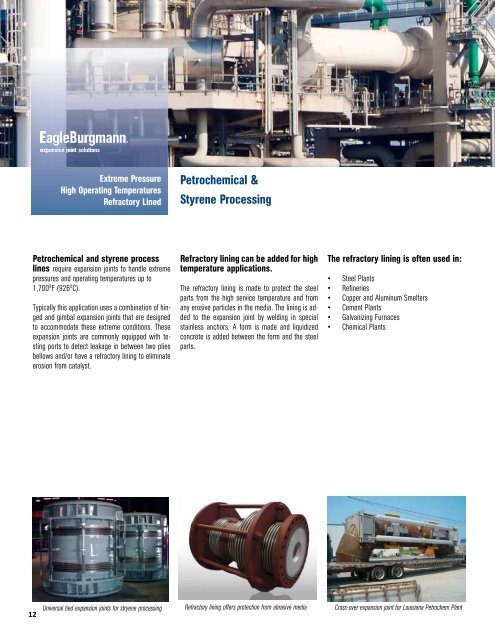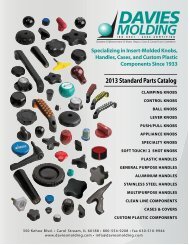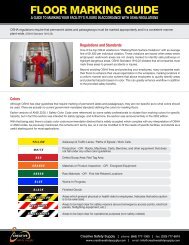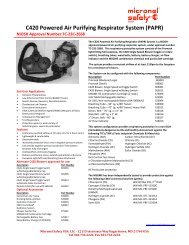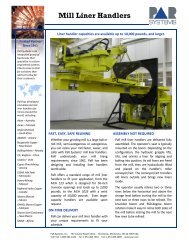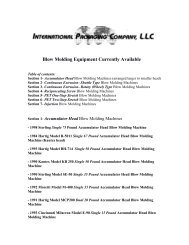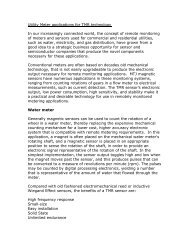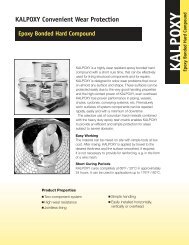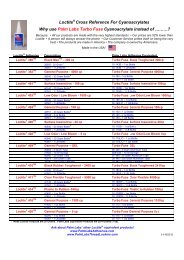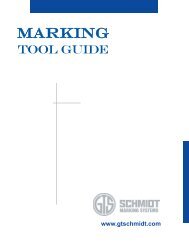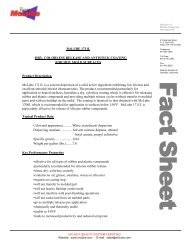Metal Expansion Joints - ThomasNet
Metal Expansion Joints - ThomasNet
Metal Expansion Joints - ThomasNet
You also want an ePaper? Increase the reach of your titles
YUMPU automatically turns print PDFs into web optimized ePapers that Google loves.
Extreme Pressure<br />
High Operating Temperatures<br />
Refractory Lined<br />
Petrochemical and styrene process<br />
lines require expansion joints to handle extreme<br />
pressures and operating temperatures up to<br />
1,700 O F (926 O C).<br />
Typically this application uses a combination of hinged<br />
and gimbal expansion joints that are designed<br />
to accommodate these extreme conditions. These<br />
expansion joints are commonly equipped with testing<br />
ports to detect leakage in between two plies<br />
bellows and/or have a refractory lining to eliminate<br />
erosion from catalyst.<br />
Petrochemical &<br />
Styrene Processing<br />
Refractory lining can be added for high<br />
temperature applications.<br />
The refractory lining is made to protect the steel<br />
parts from the high service temperature and from<br />
any erosive particles in the media. The lining is added<br />
to the expansion joint by welding in special<br />
stainless anchors. A form is made and liquidized<br />
concrete is added between the form and the steel<br />
parts.<br />
The refractory lining is often used in:<br />
• Steel Plants<br />
• Refineries<br />
• Copper and Aluminum Smelters<br />
• Cement Plants<br />
• Galvanizing Furnaces<br />
• Chemical Plants<br />
Universal tied expansion joints for stryene processing Refractory lining offers protection from abrasive media Cross-over expansion joint for Louisiana Petrochem Plant<br />
12


